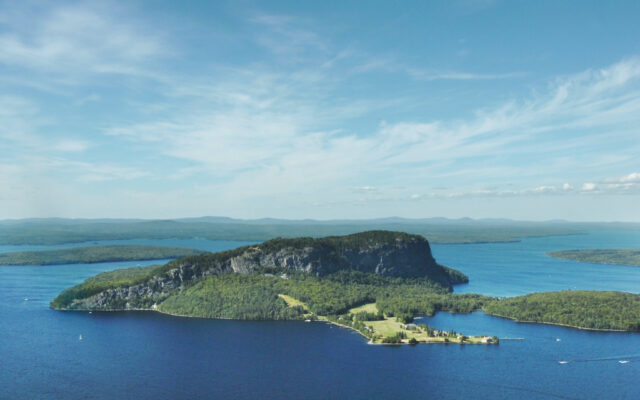
It’s time to pass a bond to fund the Land for Maine’s Future program
By James Cote
Many of us have been working to pass a Land for Maine’s Future bond for several years now, and for a variety of reasons, the timing just hasn’t worked in our favor. But this year, it seems like things could be different.
The Land for Maine’s Future Program is the State of Maine’s primary funding vehicle for conserving land for its natural and recreational value. The program was established in 1987 when Maine citizens voted to fund $35 million to purchase lands of statewide importance.
Among the program’s many successes are conserved lands and public access for outdoor recreation in every county of the state. From mountain summits to shorelines, beaches, forests, wildlife habitat of all kinds, farmland and even wetlands, LMF has accomplished the conservation of some of Maine’s most special places. This unique and important program has put these special places into the public trust, forever.
Now, don’t get me wrong. There have been criticisms of this program from time to time, and those criticisms are worth addressing.
Some complain that conservation takes land off the tax rolls. The truth is that nearly 95 percent of all land trust conserved lands are still on the tax rolls. Now this happens in a variety of ways, and at a variety of levels, and through a variety of programs, but my point is that the vast majority of these conserved lands contribute to local communities at the same or higher rates as taxes paid by other landowners.
Speaking of productive working landscapes, others ask about LMF’s impacts on Maine’s traditional natural resource industries. The truth is that LMF has often helped to protect the economic value associated with these working landscapes, from working forests, to farms, and waterfronts on the coast for fishermen.
I look at LMF as a surgical tool when it comes to conservation in Maine. The goal of the program is not to conserve anything and everything, but to conserve strategic, high value places and landscapes that protect working landscapes, recreational access, water access and critical habitat, forever. It achieves this through a grant process that invites and rewards projects to form organically at local and regional levels. The typical LMF project is one that brings conservationists, local businesses, municipal officials, and community leaders together around a shared vision.
In fishing terms, LMF is a nymph, not a throw net.
During this pandemic, nothing highlights our need to protect these places more than the evidence we have seen from our people and economy to use these resources in times of economic hardship, and threats to our personal physical and mental well-being. We have seen an enormous uptick in the number of people who have taken up new hobbies like hunting and fishing, or who have endeavored to enjoy our public lands and state parks through snow shoeing, hiking, snowmobiling, swimming, boating, and more.
Which brings me to another point. LMF prioritizes, and is required, to allow traditional public access including activities like hunting, fishing, and trapping. The program is a jewel for Maine sportsmen and women. And this year, Maine’s three leading sportsmen organizations, the Sportsman’s Alliance of Maine, Maine Professional Guides Association, and the Maine Trappers Association all support an LMF bond.
Maine’s economy is tied to our natural landscapes and conserving the most significant pieces of those landscapes makes perfect sense. Farmers, fishermen, tourism-based businesses all benefit from this type of strategic investment. And for our residents, and those contemplating visiting our state, or moving here, the gems that LMF protects are an active recruitment tool.
As a dad, a lifelong sportsman, a Republican, and all around outdoor enthusiast, I know that protecting our natural resources in such a thoughtful way is a meaningful investment for future generations.
It’s been over a decade since we last meaningfully funded LMF — Let’s come together and do it again this year.